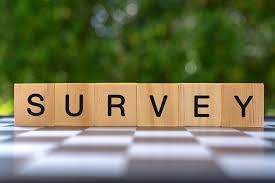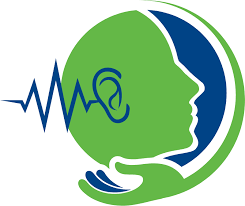Older adults can save tens of thousands of dollars annually by choosing assisted living communities over aging in place in their homes.
Unlike point solutions, Inspiren unifies resident safety, care planning, staffing, and emergency response into a single AI-powered platform.
An artificial intelligence-powered virtual assistant platform for senior living and care providers.

 This report is published every five years – and it is (still) dismaying. The new report,
This report is published every five years – and it is (still) dismaying. The new report,  AI technology is permeating every aspect of business technology today. Increasingly it will be deployed in the care of older adults, as apparent in research reports like
AI technology is permeating every aspect of business technology today. Increasingly it will be deployed in the care of older adults, as apparent in research reports like 
 Years ago, tech for older adults became a unique category – is it still? Today most older adults want to use all consumer technology, aka AllTech. Why? Because their families and peers do so, for one, and second, (or maybe first), they do not consider themselves old. A puzzle framework evolved over the years that can encompass ‘AllTech’ but adds supportive tech for those with specific limitations like
Years ago, tech for older adults became a unique category – is it still? Today most older adults want to use all consumer technology, aka AllTech. Why? Because their families and peers do so, for one, and second, (or maybe first), they do not consider themselves old. A puzzle framework evolved over the years that can encompass ‘AllTech’ but adds supportive tech for those with specific limitations like